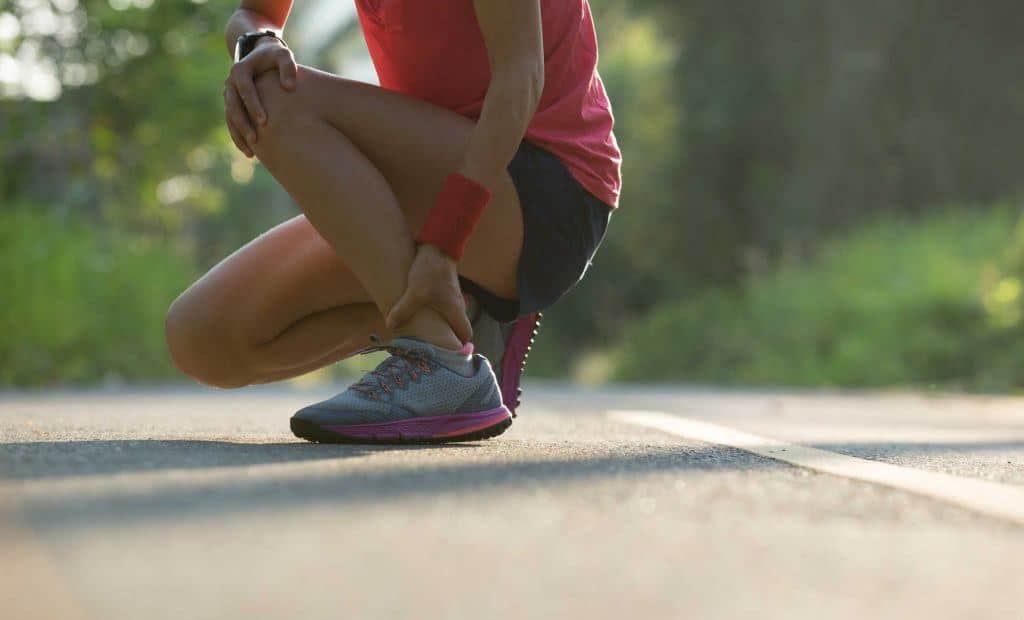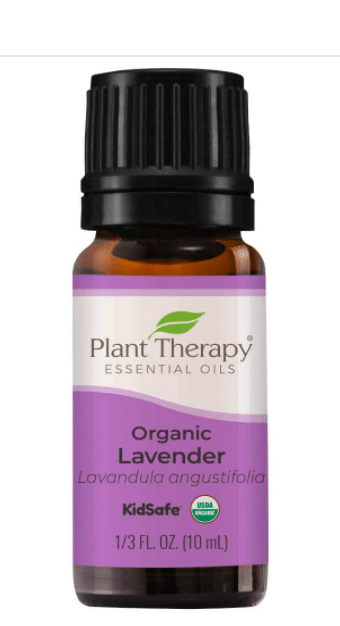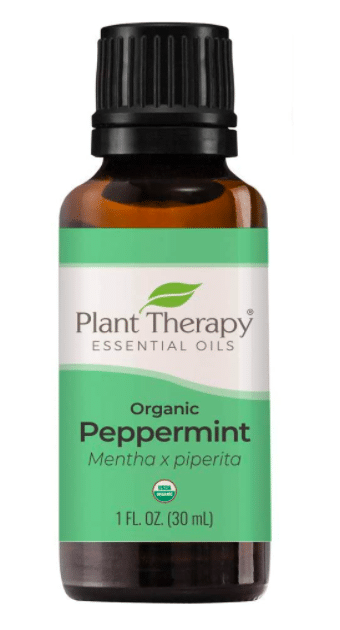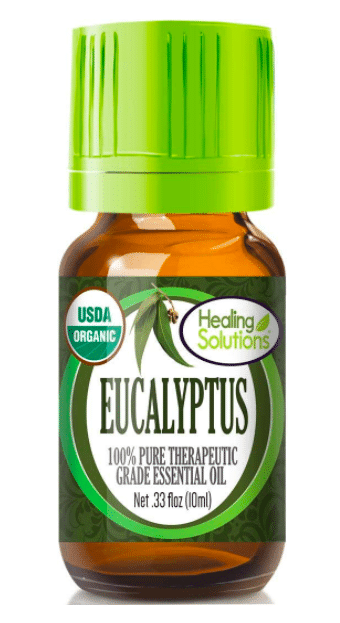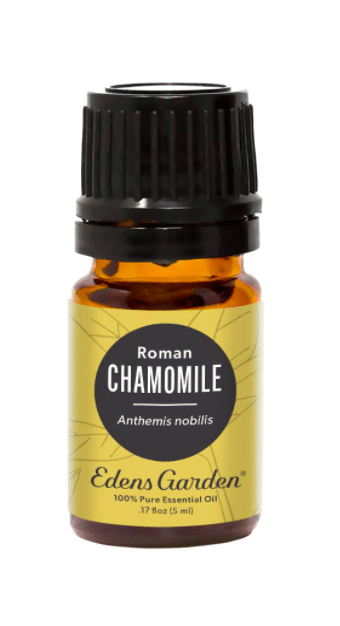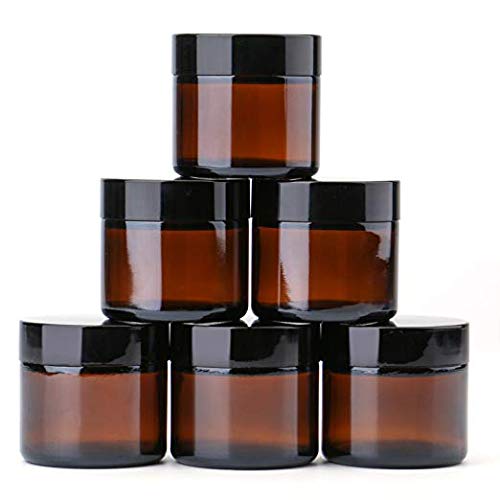Paralyzing. Painful. Attention-Grabbing. Welcome to the not-so-wonderful world of cramps.
Leg cramps. Muscle spasms. Stomach cramps. Tension. Back cramps. Menstrual cramps. They come on quick and can prevent you from finishing whatever you’re doing at the moment, or even take you out for the whole day!
Table of Contents
A Simple Definition: What Is a Cramp?
Very simply put, a cramp is an involuntary muscle contraction. The Mayo Clinic provides this description of what a muscle cramp is and some of its generic causes:
“A muscle cramp is a sudden and involuntary contraction of one or more of your muscles.”
The Mayo Clinic
If you find yourself doing a lot of strenuous work one day, or exercising a significant amount (especially if it’s out in the hot sun), these conditions can lead to an unexpected muscle cramp.
Types of Cramps You Might Experience
Here are just a few types of common cramps that people experience at one point or another. You might’ve experienced some of these yourself.
Leg Cramps and Muscle Cramps (Spasms)
Leg cramps and muscle cramps can be caused by any number of reasons. They can come about from sitting too much, exercising without stretching, or even from a condition such as plantar fasciitis in the foot. All of these can cause your muscles to involuntarily contract to the point of bringing you to your knees.
Menstrual Cramps
Period cramps range from mildly annoying to incapacitation for days for some women.
One type of menstrual pain is called primary dysmenorrhea, which is when you have painful cramps in the lower abdomen right before menstruation.
The other type of menstrual pain is secondary dysmenorrhea, which is when you have period pain due to an underlying disease or disorder within or outside the uterus. An example of this is endometriosis.
While treating menstrual pain with an over-the-counter pain reliever drug is an option for some, some people may not be able to tolerate these medications. That’s where essential oils come in. See below for the best essential oils for painful periods.
Preventing Cramps Before They Occur
What could we be doing to prevent getting cramps in the first place? Two things that are neglected far too often are drinking water and having proper food with a rich nutritional intake.
Drinking More Water
A lack of water, or dehydration, can make it extremely difficult for our bodies to function properly, safely, and comfortably.

If you start with the basics like monitoring your water intake, you can prevent cramps, or at the very least, reduce their frequency and intensity.
Eating Right
Another preventative source is our nutrition. We need to make sure we’re having the recommended daily intake of fruits and vegetables in order for our bodies to function at an optimal, peak level.
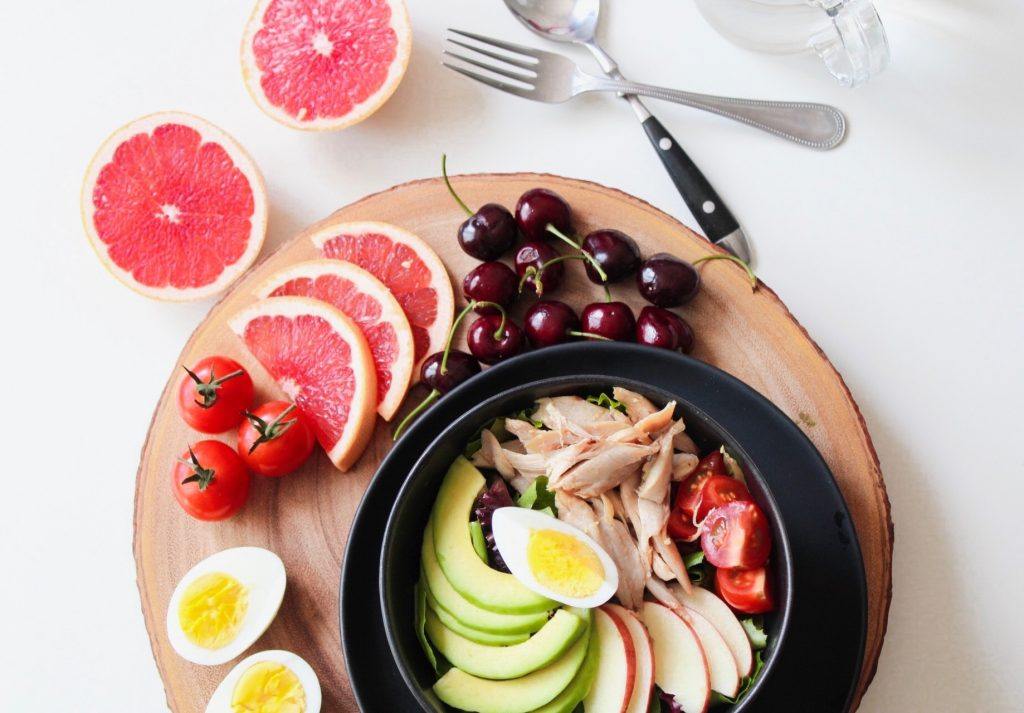
If we aren’t getting what we need nutritionally, our bodies will let us know one way or the other.
According to the Mayo Clinic:
“Insufficient intake of potassium, magnesium or calcium can contribute to leg cramps.”
The Mayo Clinic
While it specifically states leg cramps, a lack of minerals in any muscle is going to lead to muscular protest.
First things first, check your water intake and keep a food diary for three days to see what your vitamin and mineral intake is. Based on your findings, determine whether or not vitamin supplements might be something to look into.
Relaxation
You’ve drunk half your body weight in water, you’re eating all the fruits and veggies you can find, and maybe you’ve even started supplementing your diet with vitamins and minerals.
… and then you get a cramp.
Cramps are relieved when you can fully relax.
Essential Oils For Cramp Relief
1. Lavender Oil
Ah, lavender…one of the most relaxing essential oils. Research has noted lavender for its calming effect on the nervous system many times, but there is also some research that shows that lavender can have pain-relieving properties.
One particular study looked at lavender combined with clary sage and marjoram essential oils for pain relief in participants with primary dysmenorrhea. They found that the group that applied an unscented cream mixed with lavender, clary sage, and marjoram essential oils to their lower abdomen before menstruation saw a reduction in the duration of menstrual pain.
2. Peppermint Oil
Peppermint oil is one of the more common and affordable oils that has been shown to relieve pain spasms and arthritic issues.
Peppermint is very potent and should be used with caution when applied to the skin. Most people prefer to dilute it using a carrier oil rather than direct application.
3. Eucalyptus Oil
Eucalyptus oil is the scent that is reminiscent of a spa; so calming. It is also more commonly used for the treatment of muscle and joint pain.
Its properties include anti-inflammatory, antispasmodic, antiseptic, and antibacterial.
4. Marjoram Oil
Marjoram oil has quite a different scent than its refreshing minty cousins. It smells more along the lines of oregano, earthy, woodsy scent but it is mild and not as “hot” or intense as oregano oil. Many people do not use marjoram simply because it reminds them of spaghetti.
But much like judging a book by its cover, do not judge an essential oil (or its effectiveness) by its smell. Marjoram has sedative properties, which like lavender, is relaxing and antispasmodic, helping to relieve cramps upon application.
5. Chamomile Oil
Both Roman and German chamomile tea has been found to be effective in helping cramps. Most people are familiar with drinking chamomile tea as it has soothing properties. It also includes glycine, a chemical found to relieve muscle spasms.
Chamomile essential oil has the same anti-inflammatory and pain-relieving properties as the tea form. Research has shown that this oil aids in muscle spasms and menstrual disorders, and even rheumatic pain.
Try out both forms of chamomile; tea and oil, and let us know what you think in the comments below!
DIY Cramp Relief With Essential Oils
There are two main ways to introduce essential oils to your body:
- An Essential Oil Diffuser (Dark Wood Grain Diffuser| Light Wood Grain Diffuser)
- Topical application
Diffusing (Aromatherapy) to Get Rid of Cramps
Let’s talk about diffusing. I would never recommend you NOT diffuse your oils for any reason, but I am also keenly aware that the world of essential oils can be a costly venture. Personally, I am all about getting the most out of every drop of my oils.
But in the spirit of relaxation, breathing in the relaxing aromas of lavender or chamomile to relieve our daily stressors is well worth it.

Diffusing is the most direct way to use your oils in relieving that darn Charlie horse or cramps, but I would still say the topical application is better.
On the flip side of that coin, diffusing your oils may do wonders for bringing your mind back to a place of calm. When the mind relaxes the body follows suit, even if ever so slightly.
And when talking about cramps, relief is the goal!
Massage Cramps Out!
Most often people opt for topical application as it has almost instant effects and the risk of a reaction is slim. Not only that, but muscle cramps are easy to get to and release with a massage.

There are several options you have when it comes to topical application:
- Directly placing the oil on the skin
- Using a blend already created by a reputable essential oil distributor.
- Making your own rub at home.
DIY Rubs For Cramps That You Can Make at Home
Creating your own rub is fairly simple and straightforward.
If you are new to making your own oil, start by making very small amounts until you find what seems to work best for you. Don’t be afraid to try combining oils that work best for you.

Next, we’ll talk about carrier oils. You may have heard the term “carrier oils” at one point or another. Carrier oils are neutral oils like olive oil, grapeseed oil, jojoba oil, almond oil, shea butter, avocado oil, and coconut oil.
DIY Essential Oil Rub for Leg Cramps
- To start, take a small jar (or get some amber cosmetic jars for protection and longevity) and add a couple of tablespoons of coconut oil (or your choice of carrier oil).
- Add three to four drops of lavender and two to three drops of peppermint or wintergreen oil. You may only need one or two drops of the mint oil as they are highly concentrated and intense.
- An additional oil that we like to add to rubs is magnesium oil. It can be found at your local health food store. Just a couple of drops should do the trick. Allow it to stay on your skin for 20 minutes for the magnesium to absorb into your skin.
DIY Essential Oil Rub for Menstrual Cramps
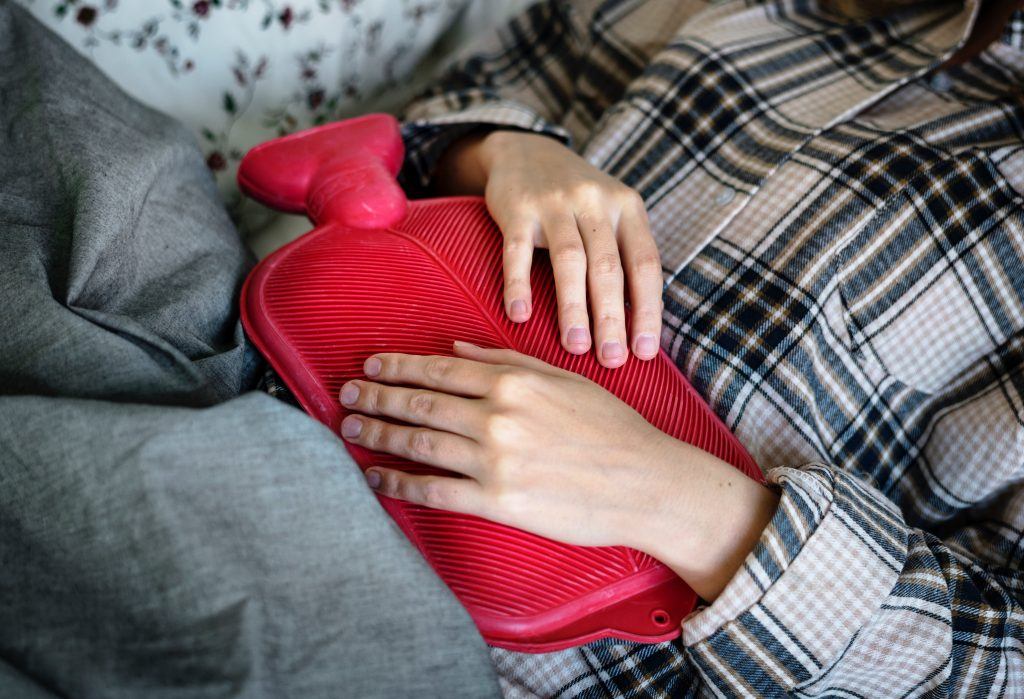
- Start with your jar and your carrier oil of choice.
- Take two tablespoons of coconut oil, two to three drops of Magnesium Oil, Roman Chamomile, Lavender, and Wintergreen. (Make sure to patch test each oil before applying all over the skin).
Precautions
If you are making the oil for children or the elderly, start with less and add as necessary. Their skin and olfactory systems are more sensitive and may not be able to tolerate the high intensity of the scent and the heat.
Also, please make sure it dilute all essential oils with a carrier oil and perform a small patch test before applying it all over the desired area.

